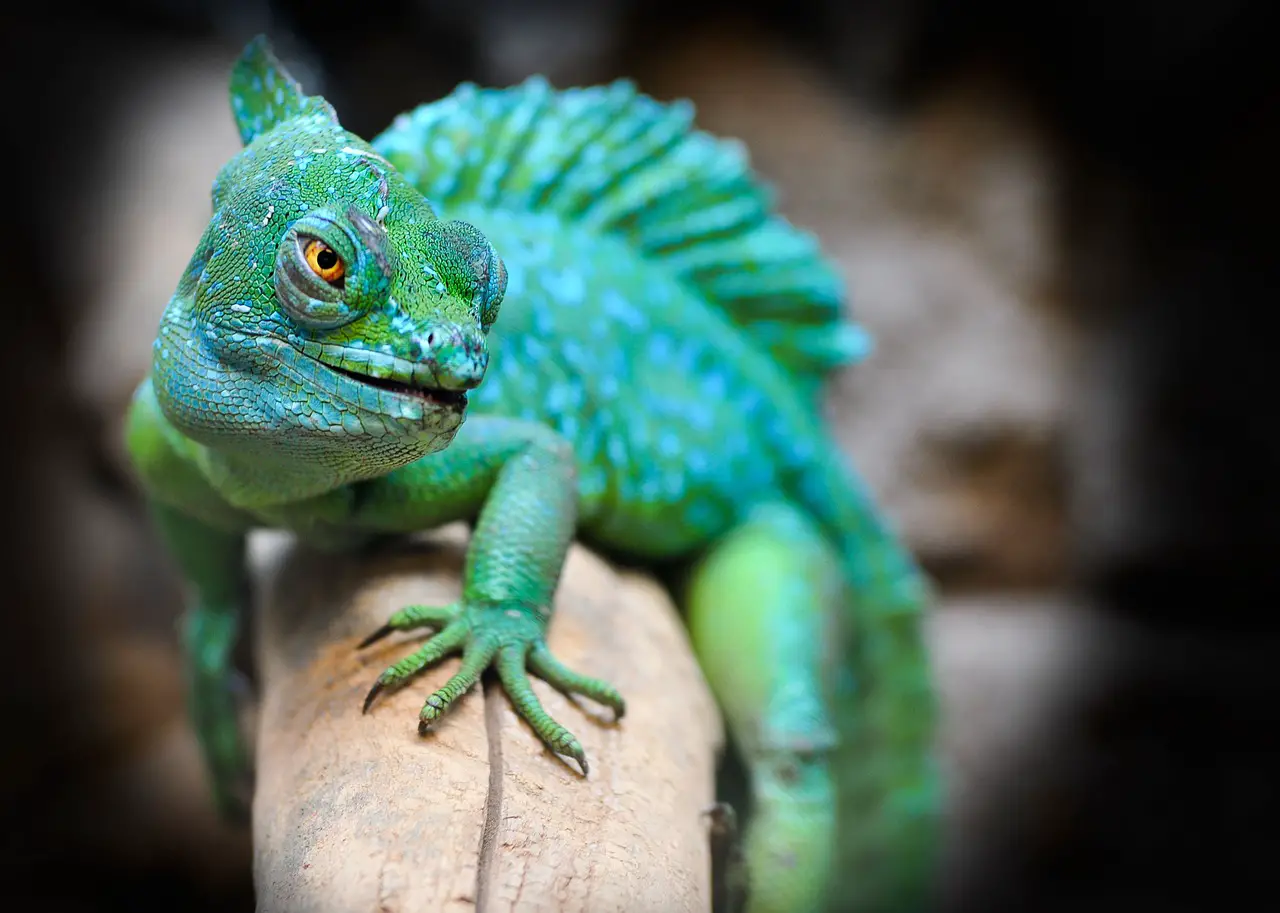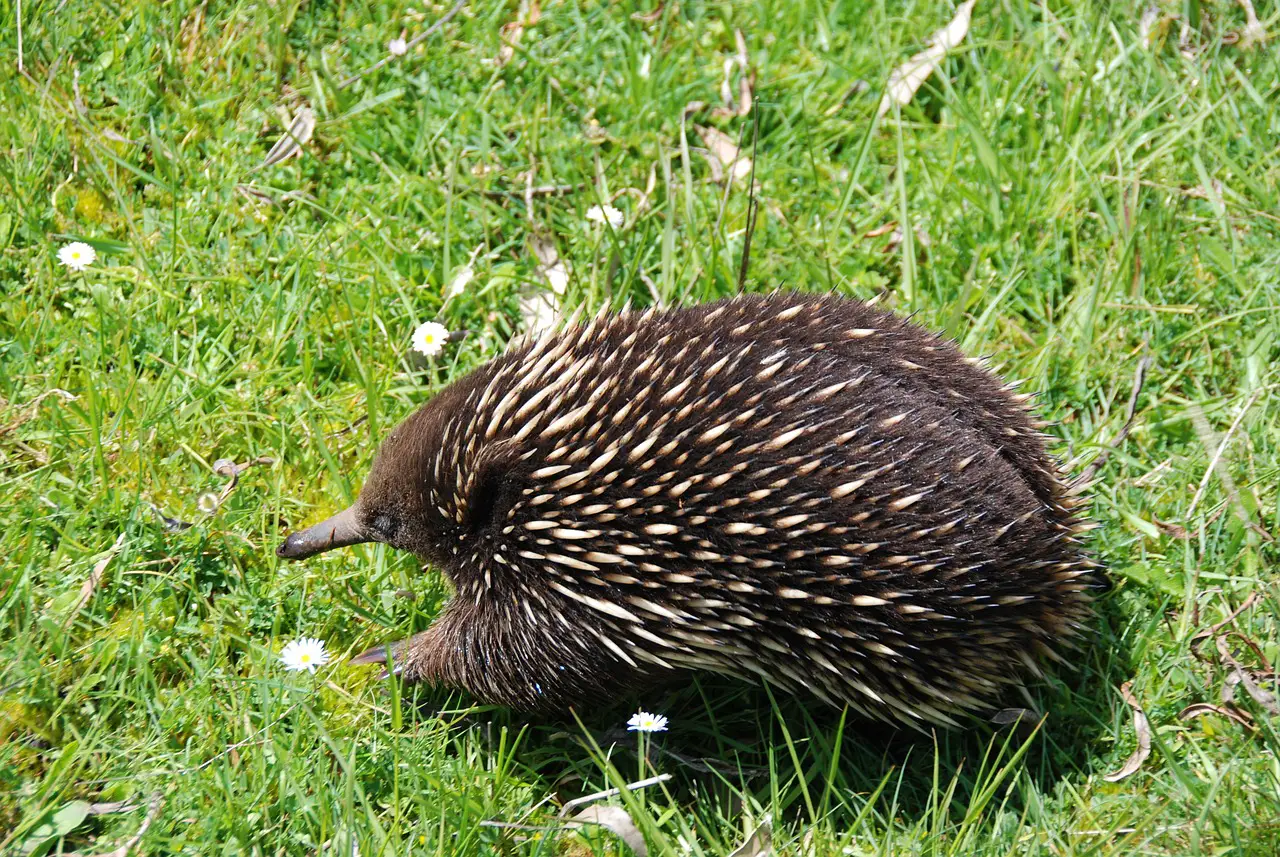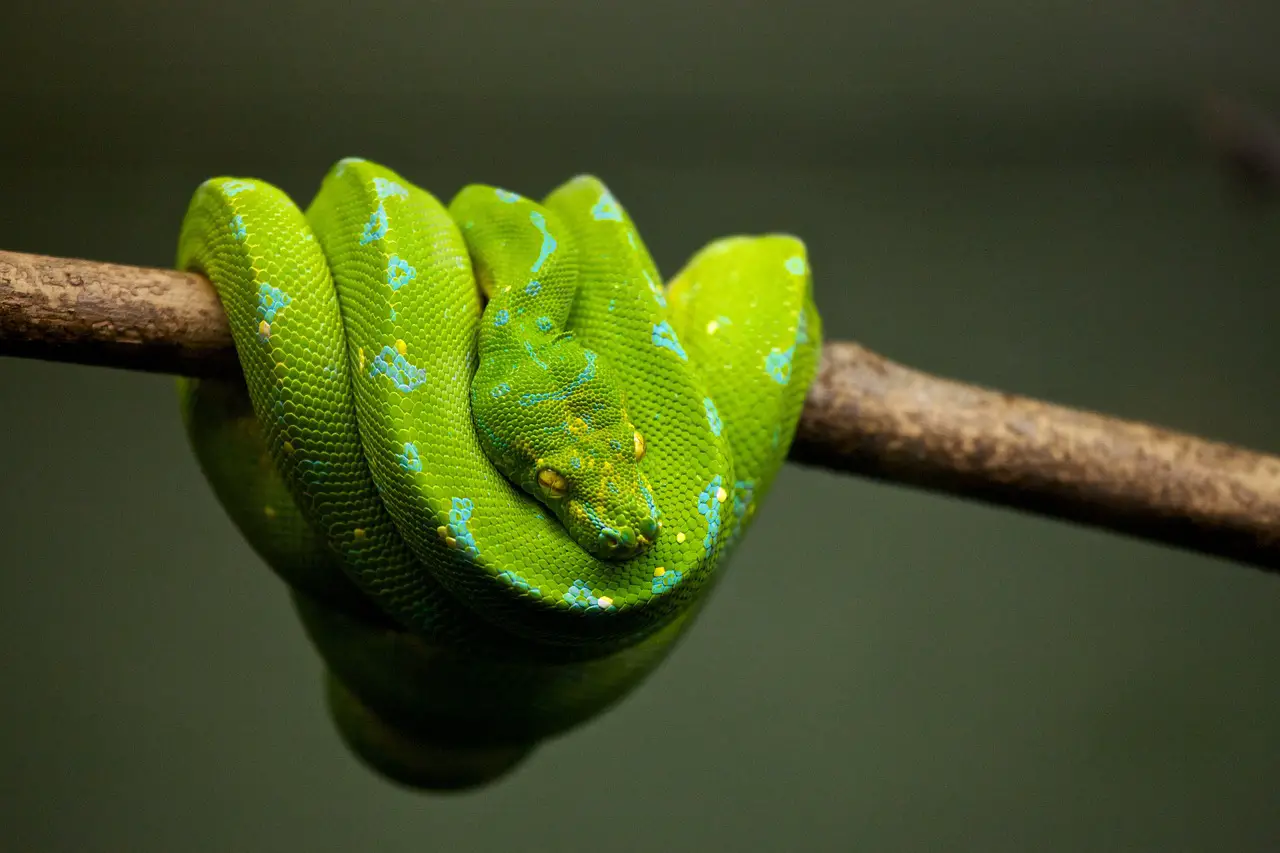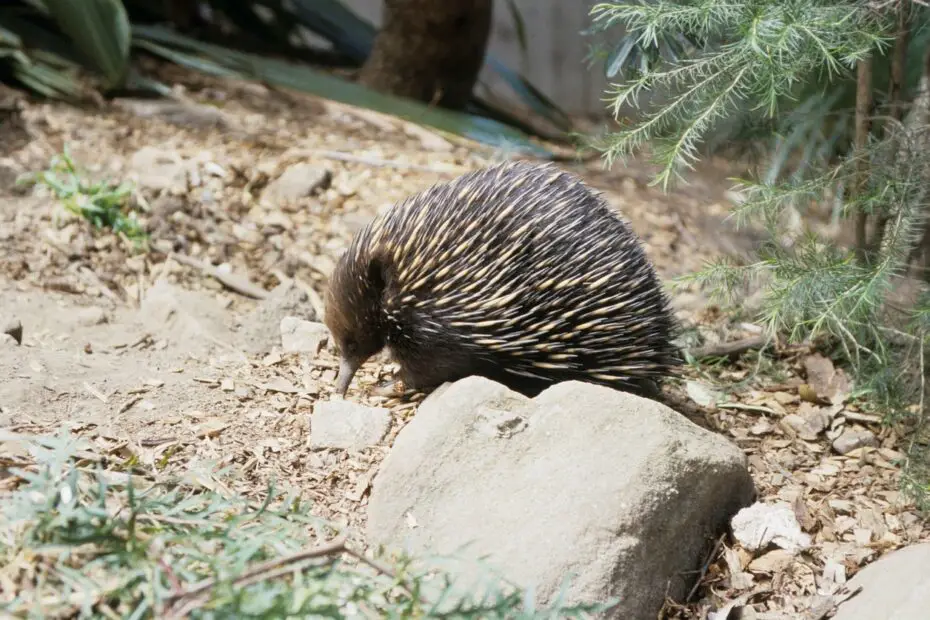Nature never ceases to amaze us with its diverse range of reproductive strategies. While mammals give birth to live young, there exists a fascinating group of animals that lay eggs. From reptiles to birds and even some unique mammalian species, these egg-laying creatures have evolved remarkable adaptations to ensure the survival of their offspring. In this article, we will delve into the captivating world of animals that lay eggs, uncovering the intricacies of their reproductive processes and the significance of this remarkable strategy.
You may also want to read about animals in rainforests.
Introduction
The concept of animals laying eggs might evoke images of birds and reptiles, but the phenomenon extends beyond these familiar groups. Many species across various taxonomic classes, including mammals and insects, have adopted egg-laying as their primary reproductive method. The process of laying eggs and the subsequent incubation period play crucial roles in the survival and propagation of these animals. Let’s embark on a journey to explore the wonders of egg-laying animals.
The Fascinating World of Animals That Lay Eggs
Egg-laying animals encompass a wide range of species, each with its unique characteristics and adaptations. From reptiles and birds to monotremes and insects, these animals have evolved diverse strategies to ensure the successful development of their eggs.
Reptiles
Reptiles are renowned for their egg-laying habits. From the ancient dinosaurs to modern-day snakes and turtles, reptiles exhibit a remarkable range of reproductive behaviors. Female reptiles typically produce eggs enclosed in protective shells, allowing for safe incubation outside the mother’s body. The eggs are then deposited in carefully chosen locations, where environmental conditions are favorable for development.

Birds
Birds, with their spectacular diversity and captivating songs, are another prominent group of egg-laying animals. Avian eggs are notable for their incredible variety of sizes, shapes, and colors. From tiny hummingbird eggs to large ostrich eggs, each species has its unique adaptations to safeguard the developing embryos. Female birds invest significant time and effort in constructing nests and incubating their eggs, ensuring optimal conditions for successful hatching.
Monotremes
In the mammalian world, monotremes stand apart as egg-laying creatures. Found exclusively in Australia and New Guinea, monotremes are represented by two remarkable species: the platypus and the echidna. These unique mammals lay leathery eggs and possess mammary glands to nurse their young once hatched. The reproductive strategy of monotremes showcases a fascinating blend of mammalian and reptilian characteristics.

Insects
Insects, the most diverse group of animals on Earth, have perfected the art of egg-laying. From industrious ants to delicate butterflies, insects employ a wide range of strategies to ensure the survival of their offspring. Some insects deposit eggs directly on host plants, while others lay eggs in protected habitats or construct intricate nests. The diverse world of insect eggs is a testament to the astonishing reproductive adaptations within this vast group.
The Egg-Laying Process
The egg-laying process varies among different animal species but follows a general pattern. Female individuals produce mature eggs through a complex reproductive cycle. These eggs are then fertilized by male individuals, either internally or externally. Once fertilized, the eggs undergo a period of development, during which vital structures and nutrients accumulate within the protective shells or casings. Finally, the eggs are laid in carefully chosen locations that provide suitable environmental conditions for incubation.
Benefits and Adaptations of Egg-Laying
The evolution of egg-laying in animals has resulted in several benefits and unique adaptations. By laying eggs, these creatures can reproduce and propagate their species without the need for internal gestation, allowing them to allocate their energy and resources more efficiently. Additionally, the protective shells or casings surrounding the eggs provide a barrier against external threats, ensuring a higher chance of survival for the developing embryos.

Examples of Remarkable Egg-Laying Animals
Nature abounds with examples of extraordinary egg-laying animals. Let’s explore a few notable species that exemplify the diversity and adaptability within this reproductive strategy.
- The green sea turtle, a magnificent reptile, emerges from the depths of the ocean to lay its eggs on sandy beaches. These eggs, buried in carefully crafted nests, hatch under the warmth of the sun, ensuring the continuation of this ancient species.
- The magnificent frigatebird, known for its impressive wingspan and aerial acrobatics, constructs intricate nests in trees to lay its eggs. These nests serve as protective havens for the growing chicks, shielding them from predators and environmental hazards.
- The platypus, a captivating monotreme, burrows deep within riverbanks to create nesting chambers where it lays its leathery eggs. The female platypus diligently incubates the eggs, keeping them warm and safe until they hatch, marking the beginning of a unique mammalian life cycle.
- The industrious honeybee, a vital insect pollinator, constructs hexagonal wax cells within beehives to lay its eggs. These cells provide a nurturing environment for the developing larvae, as worker bees diligently tend to them until they undergo metamorphosis and emerge as adult bees.
The Significance of Egg-Laying Animals
The existence of animals that lay eggs holds profound ecological and evolutionary significance. Egg-laying strategies have allowed these creatures to adapt to a wide range of habitats and environments, promoting species diversification and survival. The reproductive process of egg-laying animals contributes to the overall balance of ecosystems, ensuring the persistence of diverse life forms and the continuation of intricate ecological interactions.
Conclusion
Animals that lay eggs have fascinated humans for centuries. From the ancient reptiles that roamed the Earth to the colorful birds that grace our skies, and the unique monotremes and insects that share our world, these creatures exemplify the remarkable diversity of life. The reproductive strategy of laying eggs has allowed these animals to thrive in diverse habitats, adapt to changing environments, and ensure the survival of their offspring. As we marvel at the wonders of egg-laying animals, let us appreciate the intricate web of life and the remarkable reproductive strategies that shape our natural world.
FAQs
- Can all reptiles lay eggs? Most reptiles lay eggs; however, some species, such as certain snakes and lizards, have evolved the ability to give live birth, a process known as viviparity.
- Why do birds lay eggs in nests? Birds construct nests to provide a safe and secure environment for incubating their eggs. Nests offer protection from predators and the elements while maintaining optimal conditions for the development of the embryos.
- Do all mammals lay eggs? No, the vast majority of mammals give live birth. Egg-laying mammals, known as monotremes, are a unique group that includes the platypus and echidna.
- How long does the incubation period of eggs last? The incubation period varies depending on the species. It can range from a few weeks to several months, depending on factors such as environmental conditions and the specific developmental requirements of the embryos.
- Can animals that lay eggs exhibit parental care? Yes, many egg-laying animals, such as birds and some reptiles, exhibit significant parental care. This can involve incubation, protection, and provisioning of the eggs or hatchlings, ensuring their survival until they are capable of independent living.
